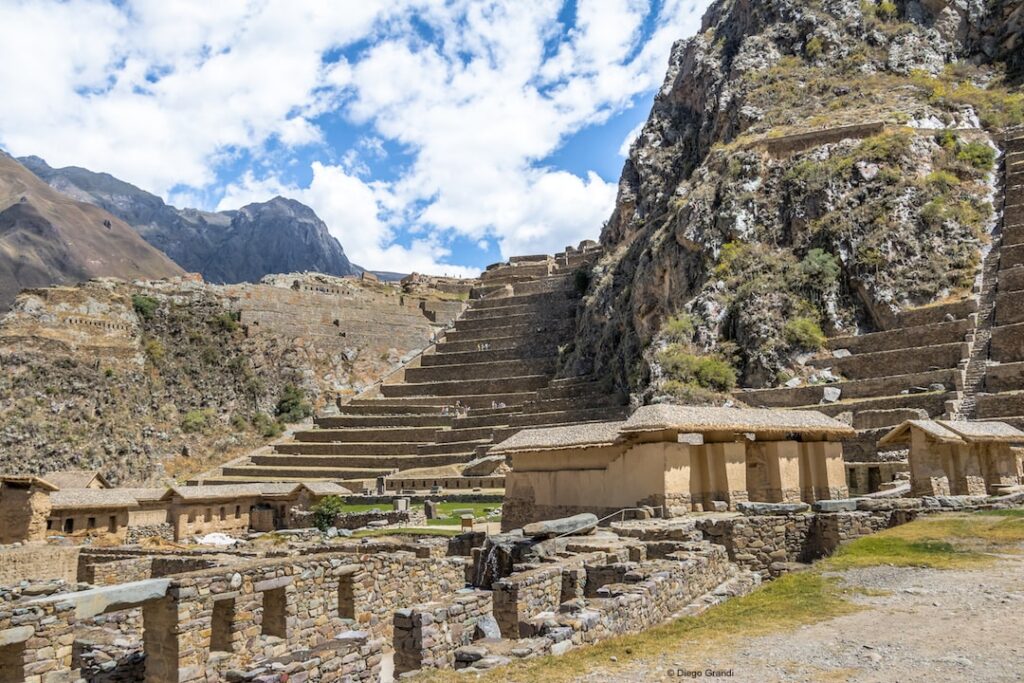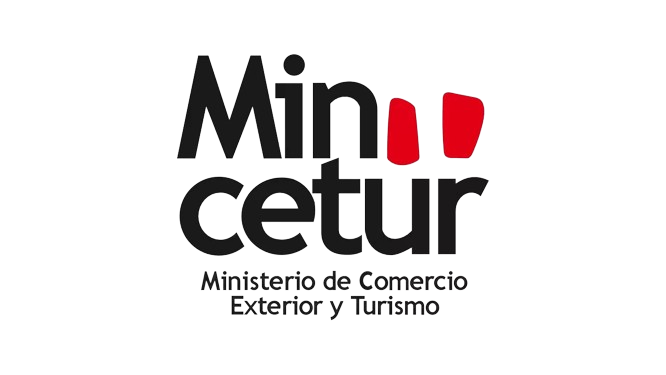CULTURAL TOURS IN CUSCO


Cusco was the political, religious and cultural heart of the Inca Empire, which made it a city of great strategic importance. From Cusco, the Incas planned their military campaigns to conquer new territories and ensured the control of their possessions. In addition, the city was the center of pilgrimage for thousands of people who came to pay homage to the Sun God in the qoricancha and to participate in important festivals and religious ceremonies. For the Incas, the founding of Cusco was a sacred and transcendental event. According to legend, the Sun God Inti chose the place where the capital of the empire was to be established. The city was designed in the shape of a puma, one of the sacred animals of the Incas, with the Plaza de Armas as the heart of the city and the Temple of the Sun, the famous qoricancha, as its main religious center.
The Sacred Valley of the Incas is an incomparably beautiful stretch of small villages and ancient ruins stretching along a broad plain and steep mountain slopes northwest of Cusco. The Sacred Valley is the main valley of Cusco, the capital of the Inca Empire.
The valley was of great value to the Incas because of its special geographical location and ideal climate. It was the best place for corn production in Peru, as well as a great source of natural wealth.
Machu Picchu is considered, at the same time, a masterpiece of architecture and engineering. Its peculiar architectural and landscape characteristics, and the veil of mystery that has been woven around it in much of the literature published about the site, have made it one of the most famous tourist destinations on the planet, as well as one of the seven wonders of the modern world.
Vinicunca, also called the mountain of seven colors (the locals call it Cerro Colorado), is a mountain in Peru with an altitude of 5,200 meters above sea level. In the middle of the decade of 2010 began a process of tourist massification attracted by its series of stripes of various colors, this due to its mineralogical composition present on the slopes and summits. According to the investigation of the Cultural Landscape Office of the Decentralization of the City of Cusco, the colorations of the mountain of the 7 Colors are due to the mineralogical composition.
The Humantay LAKE: takes its name from the nearby snow-capped mountain (Humantay, 5,473 m) and is considered one of the most beautiful and sacred lagoons in Cusco. Its turquoise waters adorned with Salkantay snow-capped peaks whisper directly to you why it is so popular.


